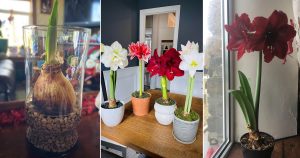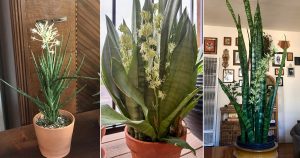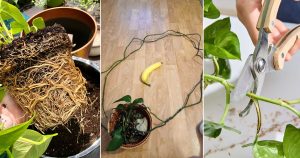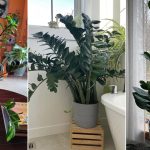A lot of people are intimidated by color. Even more so when the space they are dealing with is small. We’ve all heard the old canard that using bold colors in small spaces will make the room look smaller and cave-like. I am here to tell you: HOGWASH! Bold color used wrong is a design tragedy, regardless of the size of the room or garden. Bold color used right is the difference between plain vanilla and a cherry on top.
In a small space, it can be difficult to add interest and depth without a few splashes of eye-catching color. Color can also be used to draw your eye through your garden, making it feel larger than it actually is. More importantly for some of us, color can be used to distract visitors and draw their attention away from some eye sore.
How to Use Color in a Small Garden
- Most importantly, and applicable to almost every sized garden, use intense colors wisely! Painting every wall, piece of furniture, trellis, bird house and pot in your garden a cobalt blue is probably not going to look good. When a particular color is everywhere, it feels overwhelming because your eye doesn’t know where to look. But when a single trellis, bench, or gate (for example) is painted an eye-popping color, while everything else is left more neutral, your eye is immediately drawn to the object you’ve highlighted.
- Place color strategically. Don’t prop up your orange trellis right next to the air conditioning unit you wish you could make disappear. Instead, place that trellis next to something you’d like to draw attention to, or at least in the opposite direction of that air conditioner. That way attention is drawn away from the negative and towards the positive.
- Use color to draw people in and make your space appear to have depth. You can do this by partially obscuring whatever it is that you’ve painted a bright color. For example, if a blue bench is all the way at the other end of your patio from the door, and there are some potted plants in between the door and the bench that partially obscures your view of the bench, then your space will appear to have more depth and interest than it might otherwise. There will be multiple layers to explore (the pots and the bench), instead of appearing two dimensional.
- Another option is to dot color throughout your space. By using splashes of color here and there, you can help make your balcony look pulled together and help attract visitor’s attention here and there to the parts of your garden that are the most interesting. For example, A red bird feeder, plant stand and chair could be placed strategically throughout your space to lead your eye from spot to spot to spot.
- Connect your balcony to the inside of your home. If the primary accent color in the room that leads to your outdoor space is blue, then extend that color outside to help blur the lines between the inside and outside (and to help make they spaces relate to each other better). You could do this by having a couple of blue pots, or with plants that have blue flowers, etc.
If you’re still feeling nervous about that lime green garden bauble you’re considering, just go for it! Worst case scenario, you return it to the store. The nice thing about small gardens is that it doesn’t cost you much to try something out.
Have you tried (or are planning to try) something wild in your garden? What have you learned about using magenta/chartreuse/tangerine/insert-your-favorite-color-here?







